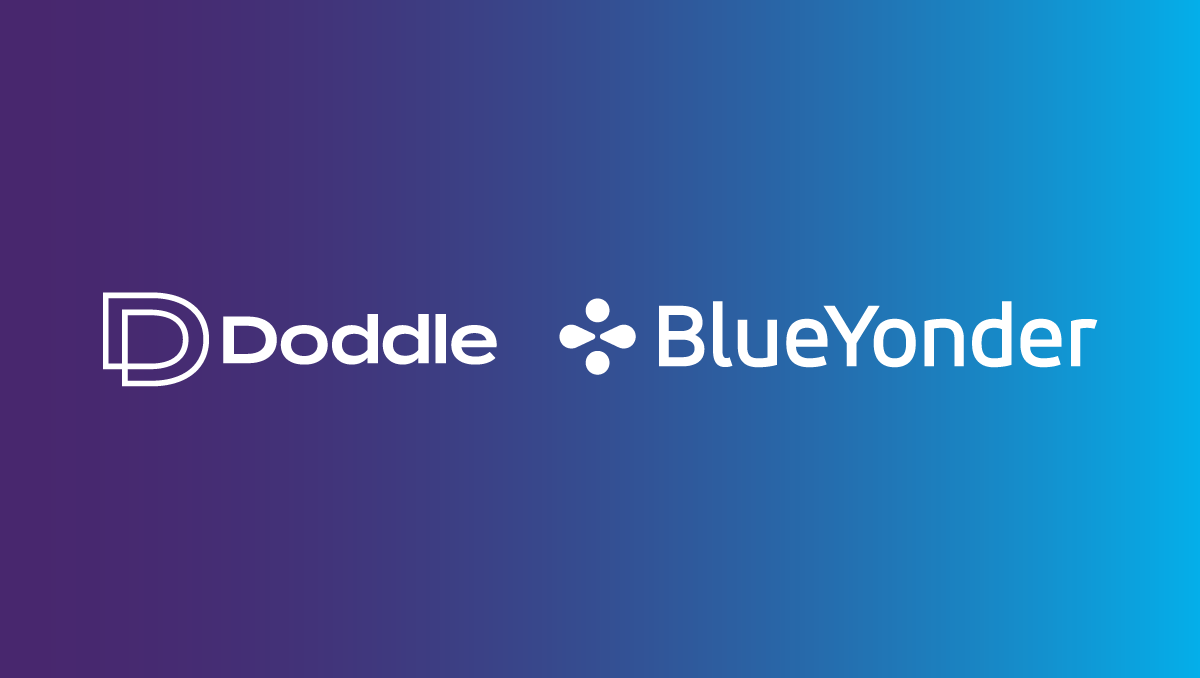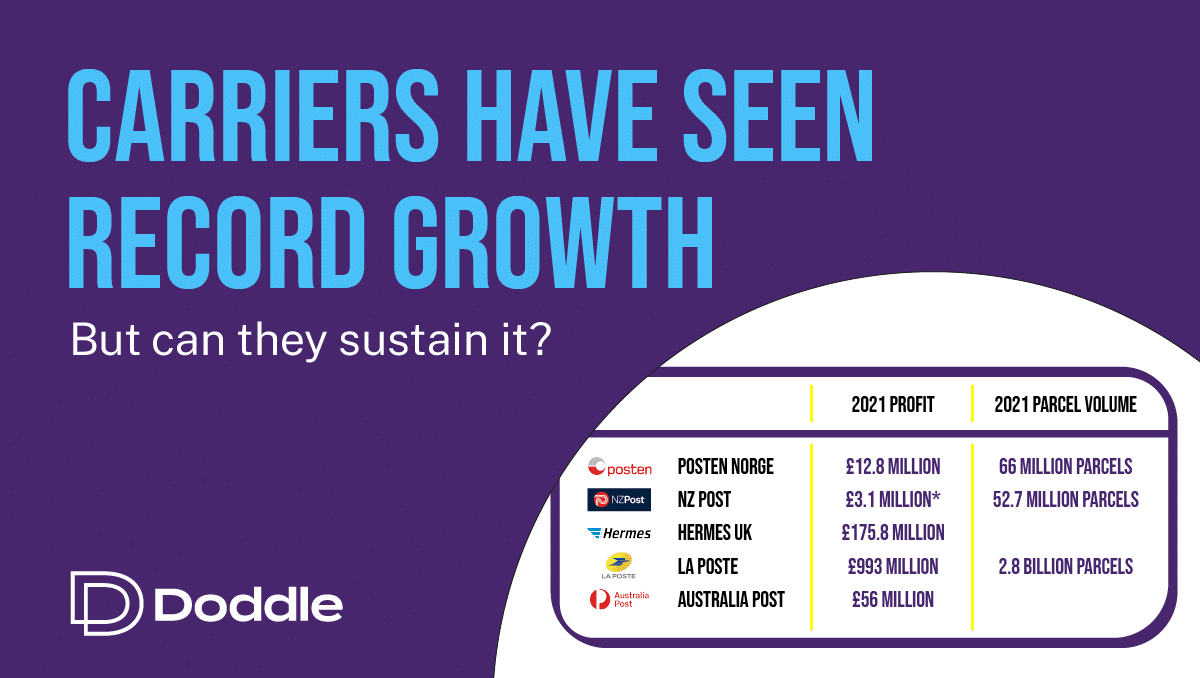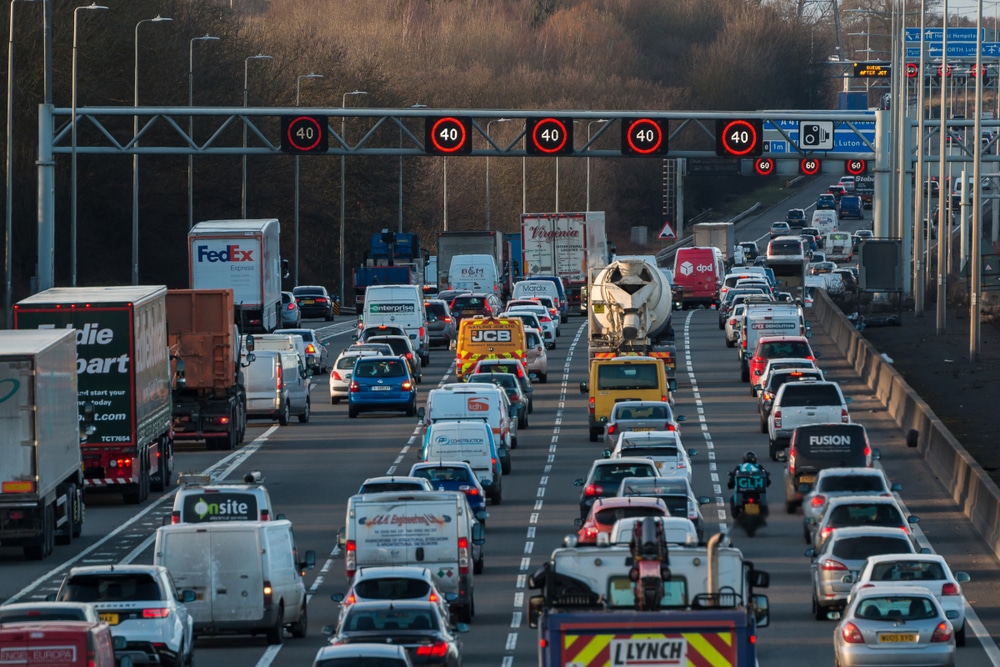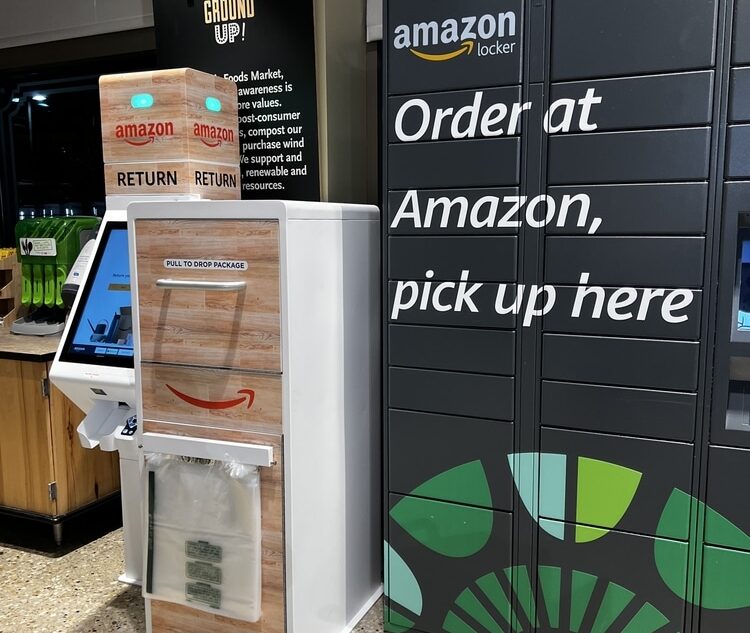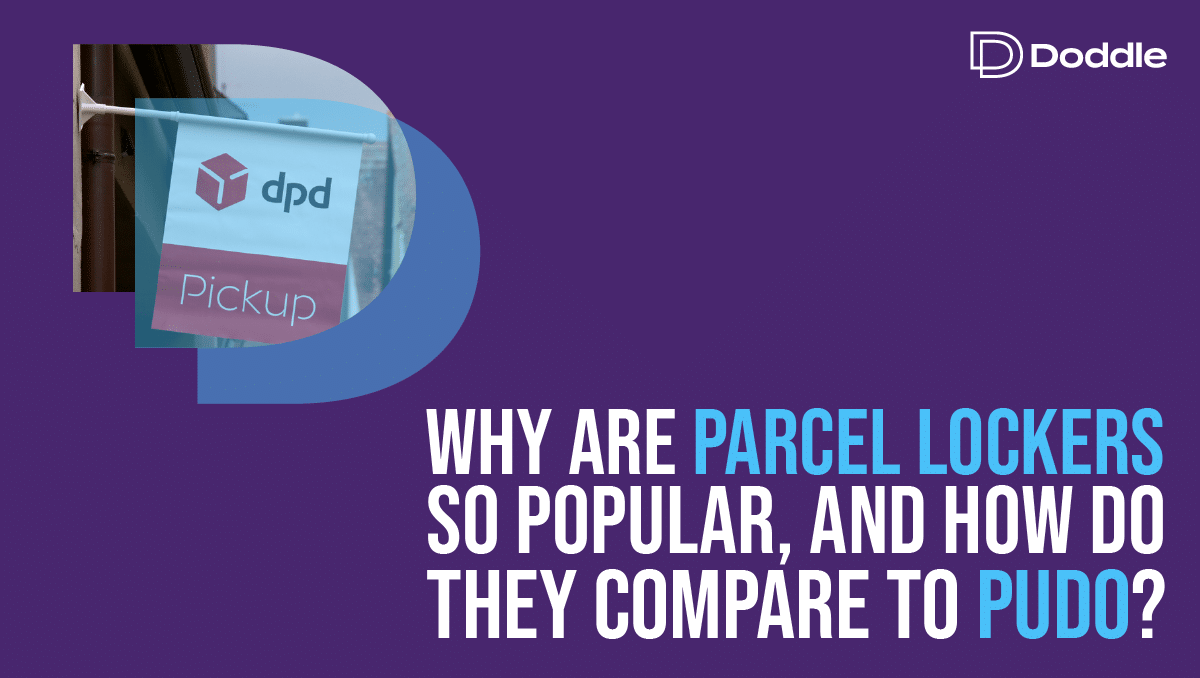Insight / Blog
Putting PUDOs at the heart of sustainable ecommerce growth in Germany
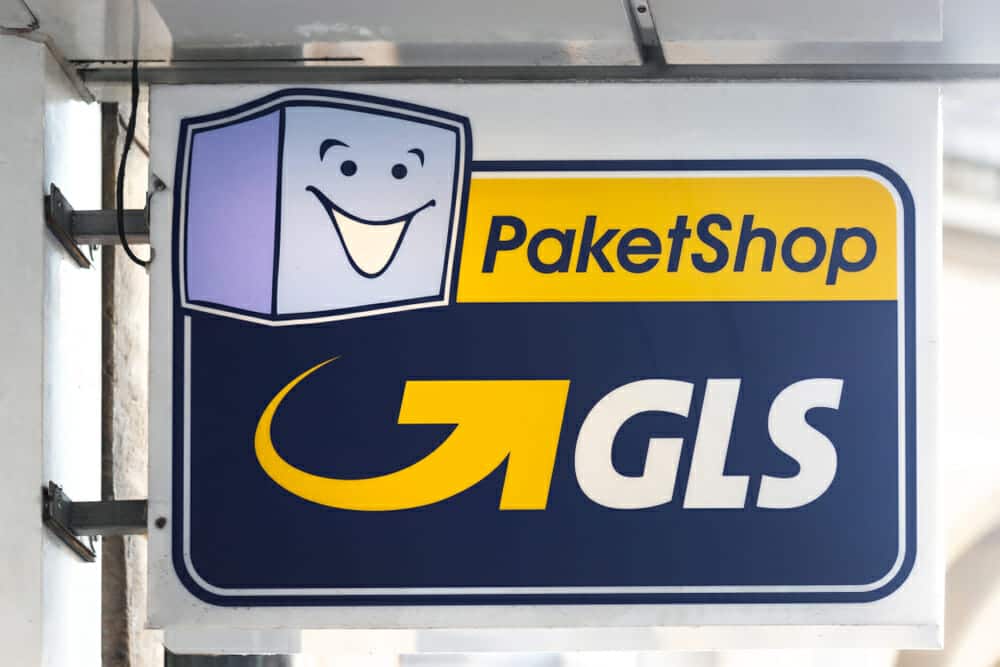
Summary: With 3 quarters of Germans living in towns and cities, PUDO could become the heart of sustainable parcel growth

This blog article is part of our Germany market insight series, exploring opportunities for parcel carriers and offering insight and comparison to other parcel markets around the world.
The years from 2015 to 2019 saw the parcel market in Germany grow at an average of 5.3% annually. Putting that into some context, the UK has experienced an average of 16.7% annual growth in parcel volumes over the same period, with both nations reaching volumes around 3.5 billion parcels shipped in 2019, per Pitney Bowes. However, the UK ships ~53 parcels per capita, whereas the figure for Germany is approximately 42, highlighting a slower rate of ecommerce adoption in Germany.
Just as it has in most of the world, the pandemic has ushered in rapid ecommerce sales growth in Germany. There was a 10% lift in parcel volumes in 2020, the bulk of which have been delivered to shoppers’ homes. This was largely because of Amazon; it accounted for around 80% of 2020’s growth.
There is already a fairly solid delivery and collections infrastructure in Germany. Nationwide, there are around 50,000 PUDO points, more than half of which are part of the DPDHL network. Even so, 75-80% of DPDHL parcels are destined for home delivery. Of the rest, 5-10% go straight to a locker and 10-20% to PUDO points in shops.
That network of lockers and collection points means that DPDHL typically routes failed first-time delivery to a nearby PUDO. From many perspectives, that makes good sense. It puts the existing PUDO network to use, relieves some of the pressure from vehicles and distribution centres, and helps manage costs. The contrast with one of DPDHL’s nearest rivals, Hermes (which attempts deliveries four times), is stark. Its repeated attempts to deliver represent a commendable commitment to service. But in the face of 10% growth in parcel volumes in a one-year period, it also represents a potentially escalating cost problem.
With around three quarters of Germans living in towns and cities, complete with PUDO options, there are already cost-saving alternatives. Whether the German public can be encouraged to use them more routinely remains to be seen.
Why the last mile is less sustainable than ever, and what we can do about it
Delivery expectations continue to stretch carriers
The overwhelming majority of Germany’s online shoppers say free delivery is either important or rather important when placing orders – 85%, to be precise. A similar number (81%) want tracking information, too. It’s an example of an age-old problem in the retail delivery sector – balancing customer expectations of high service levels with customer reluctance to pay for those high service levels.
The combination of volume growth and customer expectations is likely to put tremendous strain on carriers. Simply adding more resources in a linear response to climbing demand is not a long-term strategy for success. German labour costs rose by 2.8% in the period 2016-19. While that’s lower than in some parts of eastern and central Europe, it is higher than the average cross-EU rise. Added to which, there is the aggressive growth strategy of Amazon.
Of the $80+ billion that constitutes the size of the German ecommerce market, an estimated $20 billion of that is Amazon’s – it is the largest single player in the market and is making its presence felt in the delivery sector too. As it grows its German presence, Amazon is taking more of the workforce out of reach of the rest of the sector. That could effectively force other carriers to join in a bidding war, offering higher and higher wages.
The future of digital delivery and consolidation
There’s nothing unique about the above challenge. Customers always want more. Businesses always need to take care of costs. Finite resources are always expensive.
Reaching the point where tracking – or other premium options like on-the-fly changes – can be offered at little marginal cost requires the adoption of digital technology throughout the value chain. That’s likely to mean seeking opportunities to automate as many back-end functions as can be done. Again, that’s not a unique-to-Germany situation.
But the real difference comes with shifting customer attitudes. If this notion of the spoiled customer is to be believed, there needs to be a real effort to win shoppers’ hearts and minds, as well as their wallets. That could work well for those businesses that invest in the technology that will allow them to forge closer links with customers through better communications and other value-added services.
It may be the case that currently German shoppers see no value in routing their deliveries to a PUDO point. It will, therefore, be up to smart retail and carrier partnerships to create that needed value. That could mean bundling parcel deliveries with other services, or even finding new uses for PUDO points to make the location itself more appealing to visit.
There are already interesting collaborations addressing capacity underway in the German market. Three rival carriers – DPD, GLS and Hermes – joined forces to launch a parcel locker business called ParcelLock. The company describes itself as “the public parcel station for all parcel services” and its network can be used by other carriers. A collaborative mindset will be a crucial requirement for building new services for the German market. Those carriers who can demonstrate a clear value proposition could be well placed to become the hub of future successful services.
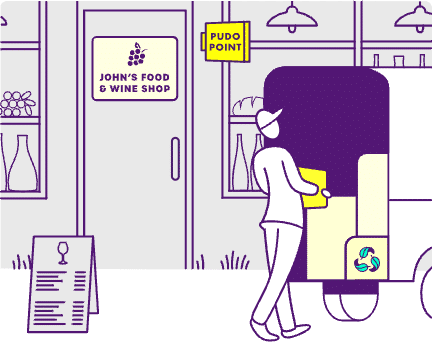
Related articles
Lessons from a decade in the first and last mile
A decade as Doddle taught us some lessons - and Blue Yonder helps us see what will matter in the next decade.
Convenient and sustainable: developing an out-of-home delivery strategy
Sustainability has become a key decision factor for retailers - here's how carriers can stay ahead with an out-of-home delivery strategy that’s both sustainable and convenient for consumers
Parcel lockers vs parcel kiosks: which is best for parcel drop-off?
We explore the benefits and drawbacks of parcel lockers and kiosks to help decide the best self-service solutions.


